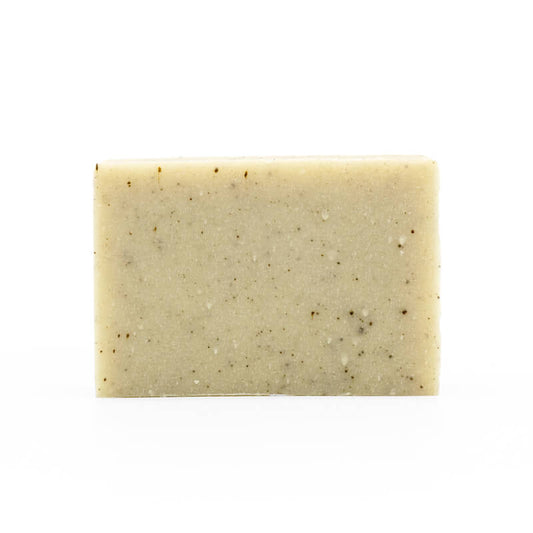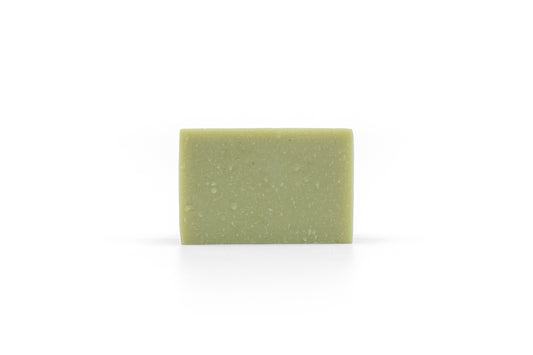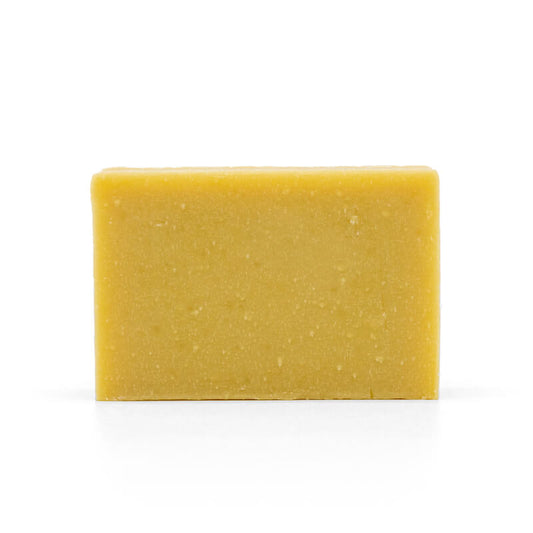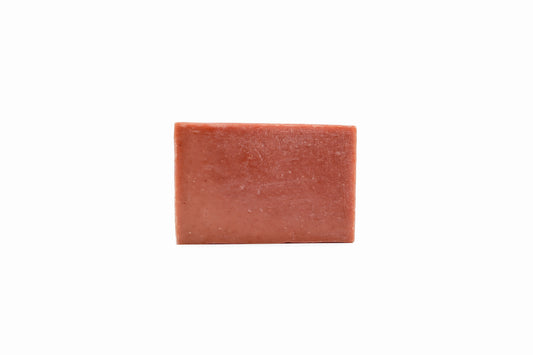Ginger Essential Oil

Frequently encountered in produce markets and spice cabinets, ginger is a ubiquitous spice that is loved the world over. Beaverton’s is no stranger to the wonders of ginger, with this delicious plant now finding itself boosting the fragrance of natural derived cold process soaps.

Ginger root ; Image: NIH/Thinkstock
Ginger oils and spices are mainly made from the rhizome of the ginger plant, commonly referred to as “ginger root”, with the leaves of the ginger plant serving as both herbs and weaving materials in some parts of the globe. Above ground, the ginger plant produces yearly flowers with pale yellow petals and long stems. The ginger plant is related to multiple other spice-yielding rhizomes including turmeric, cardamom, and galangals. Native to the maritime regions of Southeast Asia, ginger was brought to neighbouring regions along with the spread of Austronesian peoples, who used ginger both for consumption and for spiritual significance, and it was later taken to Europe during the early days of ancient spice trade. Ginger root has long had a place among other herbs as part of the pharmacopoeias of ancient Chinese and Indian herbalistic practices, with the first recorded mention of ginger consumption appearing in the work known as the Sayings of Confucious where descriptions say that Confucius himself ate ginger with almost every meal. Gradually, ginger spices made their way to the Middle East, and by the first century C.E. Arab traders had brought ginger to the Mediterranean. Ginger root became increasingly popular among Europeans as a component of herbal remedies, but eventually its use in cooking began to dominate so much so that the price of imported ginger supposedly rose so high that it cost more by weight than local livestock.

Ginger roots still attached to their leafy stalks ; Image: Encyclopedia Britannica
Farming of ginger involves the planting of seed rhizomes taken from previous generations, which are then let to grow until reaching suitable size, after which they are harvested during the onset of the colder seasons when the plants’ stems begin to wither. Warmer soils are best suited for growing ginger, with India being one of the world's biggest producers; coincidentally, India is also the country responsible for the greatest consumption of ginger, accounting for over 40% of global demand. When harvested, ginger roots are scraped to interrupt further growth. Ginger meant to be used as fresh material is often harvested when younger, while ginger roots intended to be used for spices and oils are left to grow to their maximum size.

An herbal tea made with ginger root ; Image: Cleveland Clinic
Essential oils made from ginger are typically produced with steam distillation, and contain most of the same sesquiterpene compounds found in the unprocessed ginger rhizome. Among these compounds are zingerone, gingerol, and zingiberene, which play a key role in the distinct flavour and aroma of ginger. It is this unique character of ginger that not only makes it a scrumptious spice, but also an attractive natural fragrance for use in scented products like the naturally derived soaps of Beaverton's, which employ steam distilled essential oil made from ginger roots grown in India.

Ginger root which has been crushed in preparation for use in food ; Image: The Kitchn
Coming together with other herbs and fragrant oils, ginger root adds a warm and spicy touch to the scent of bar soap. Adding its tingling and almost sharp aroma to the washing experience, ginger enlivens the senses and compliments the silky cleansing lather of Beaverton’s cold process bar soap.







